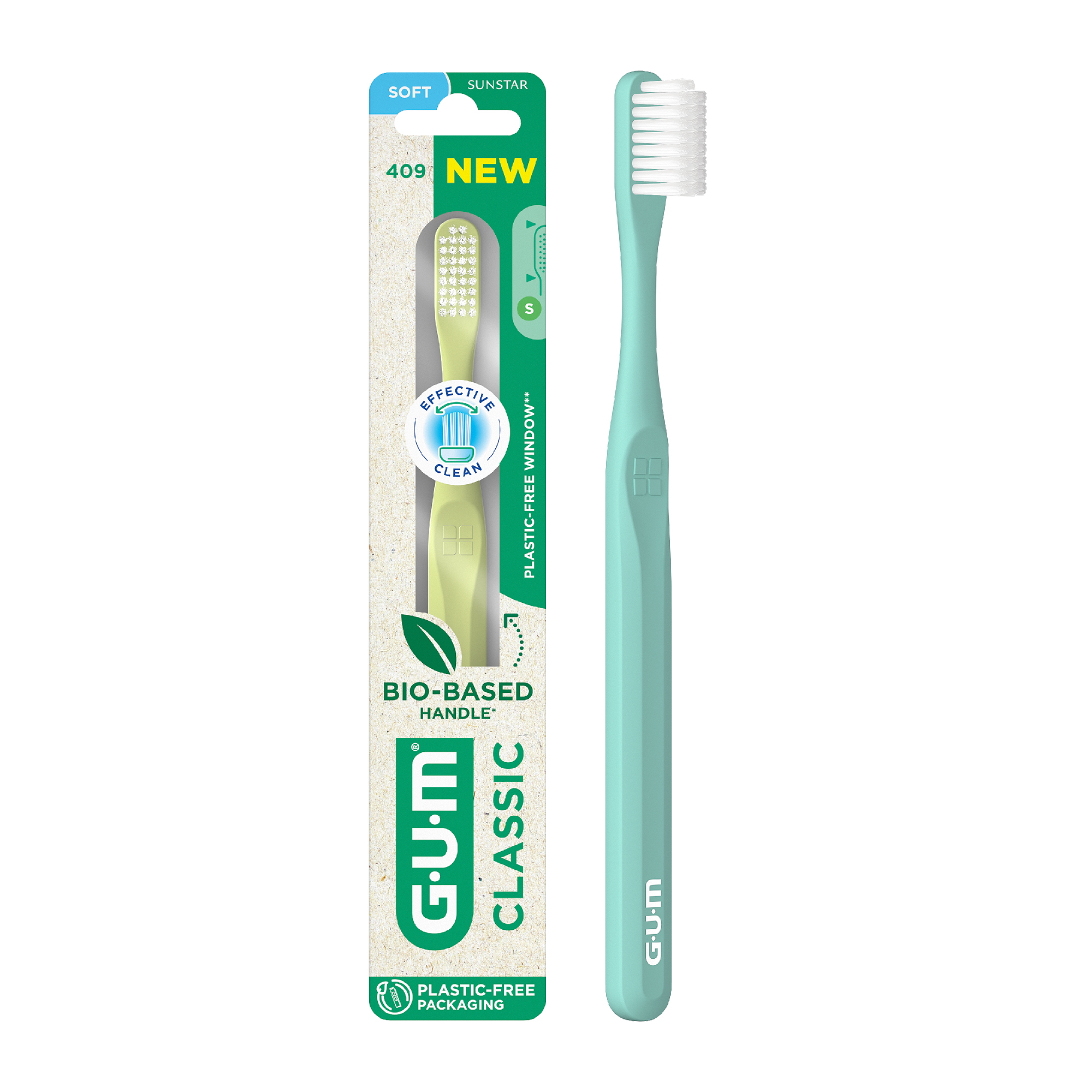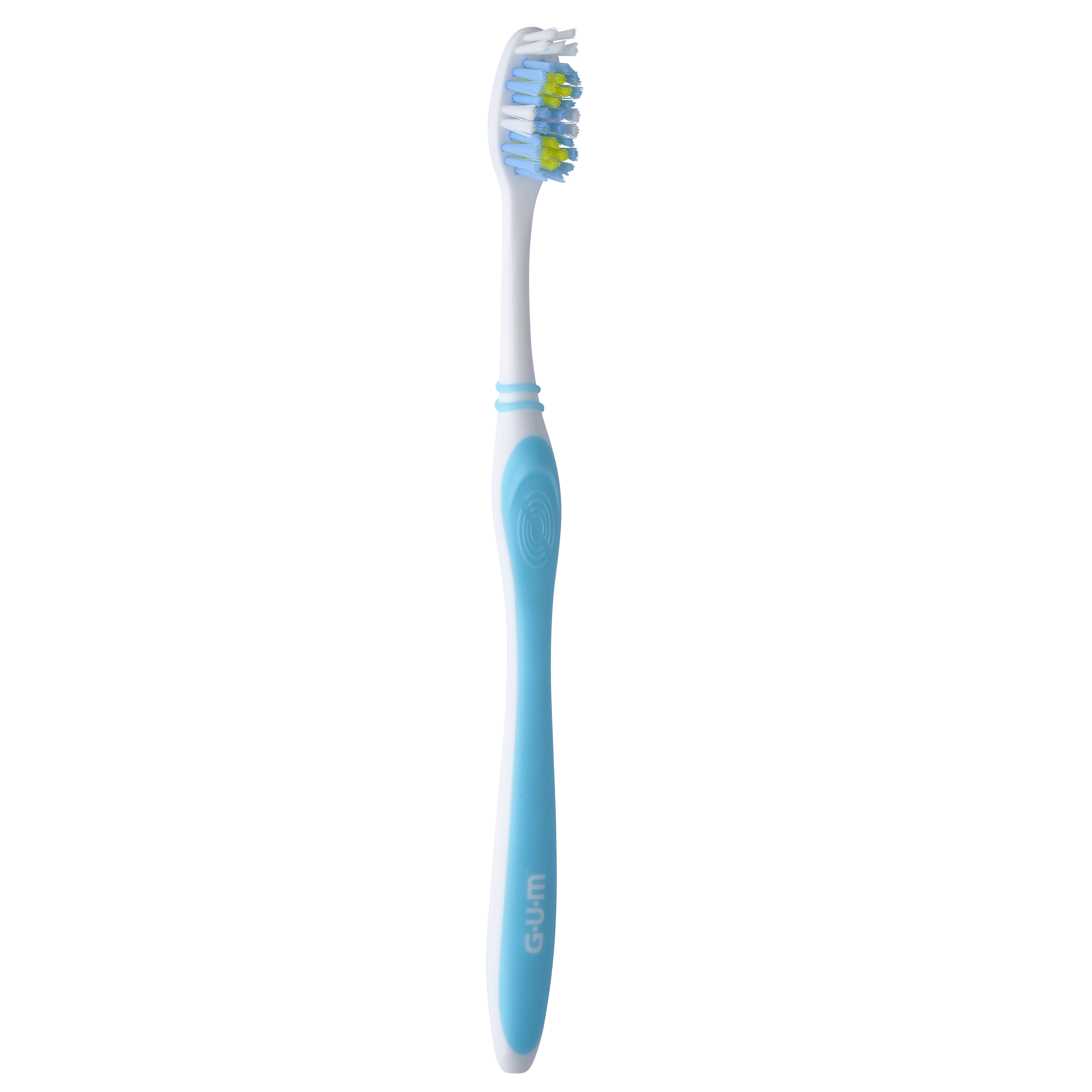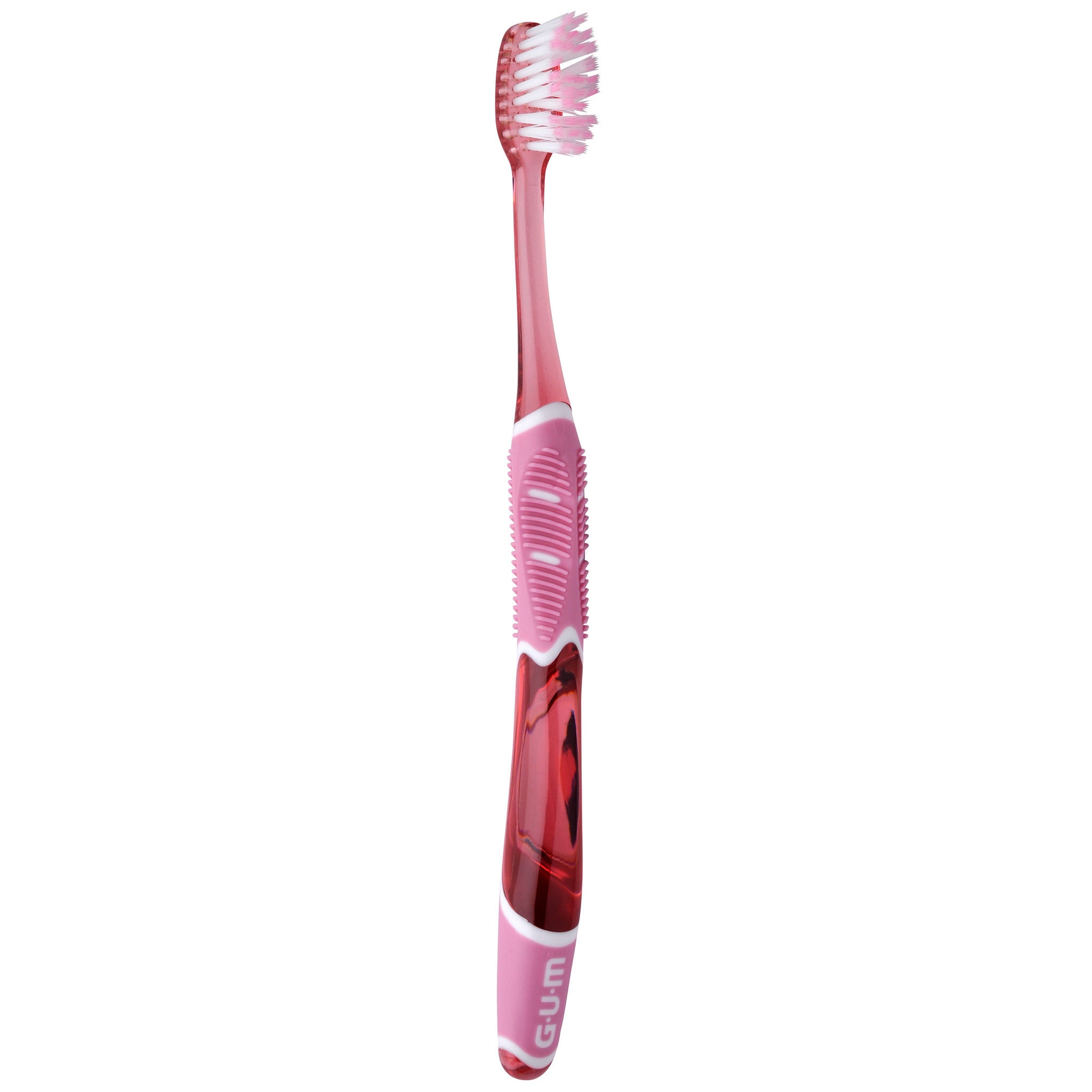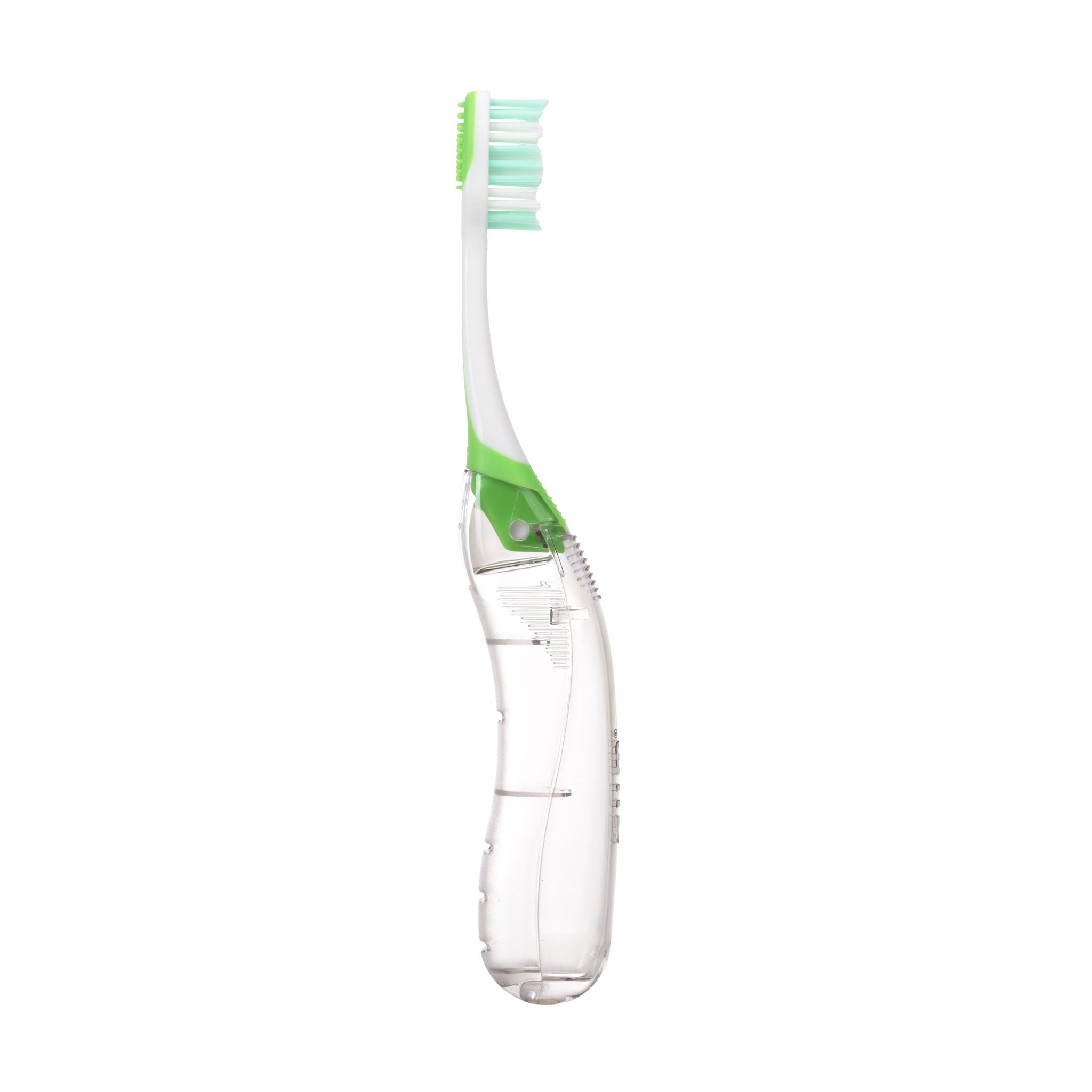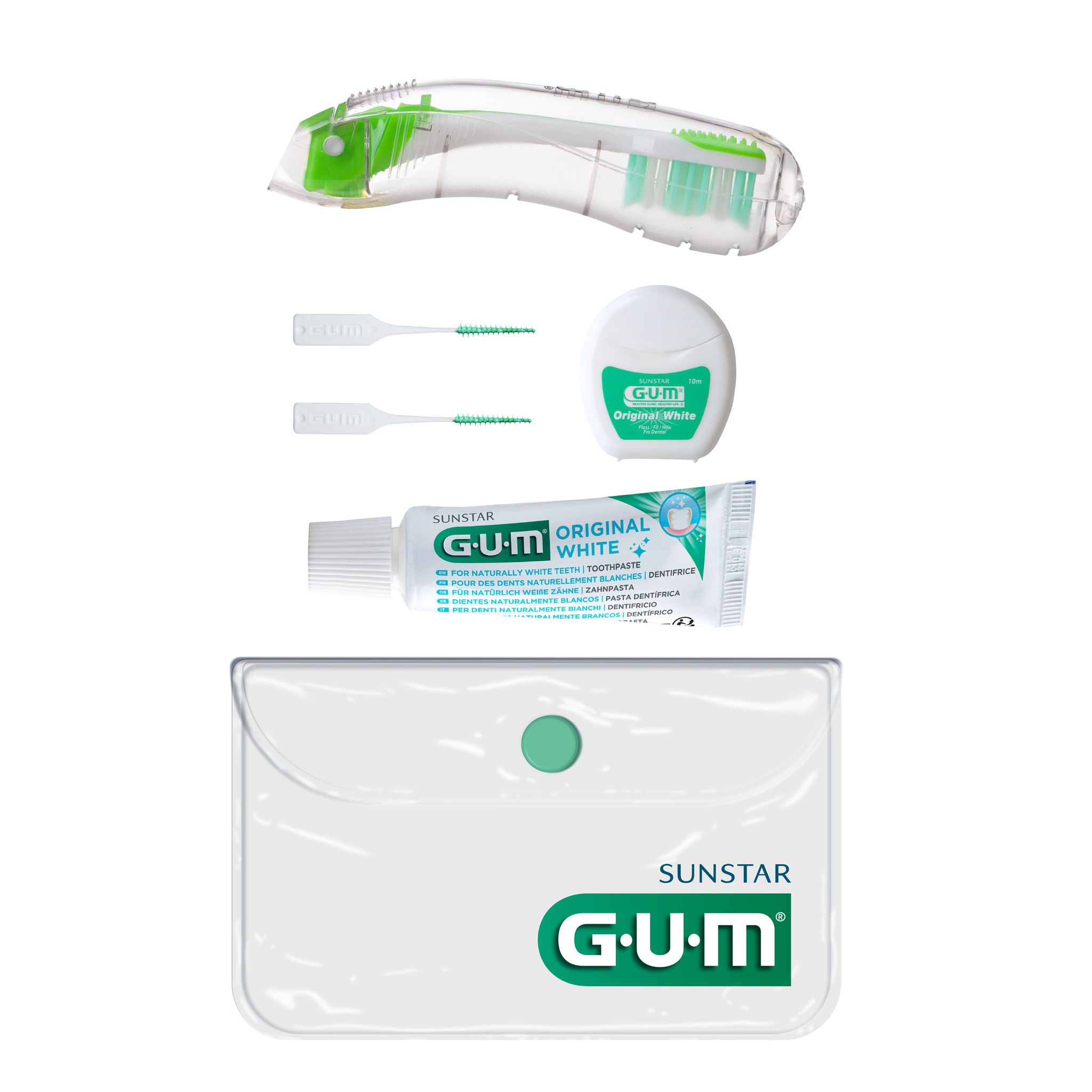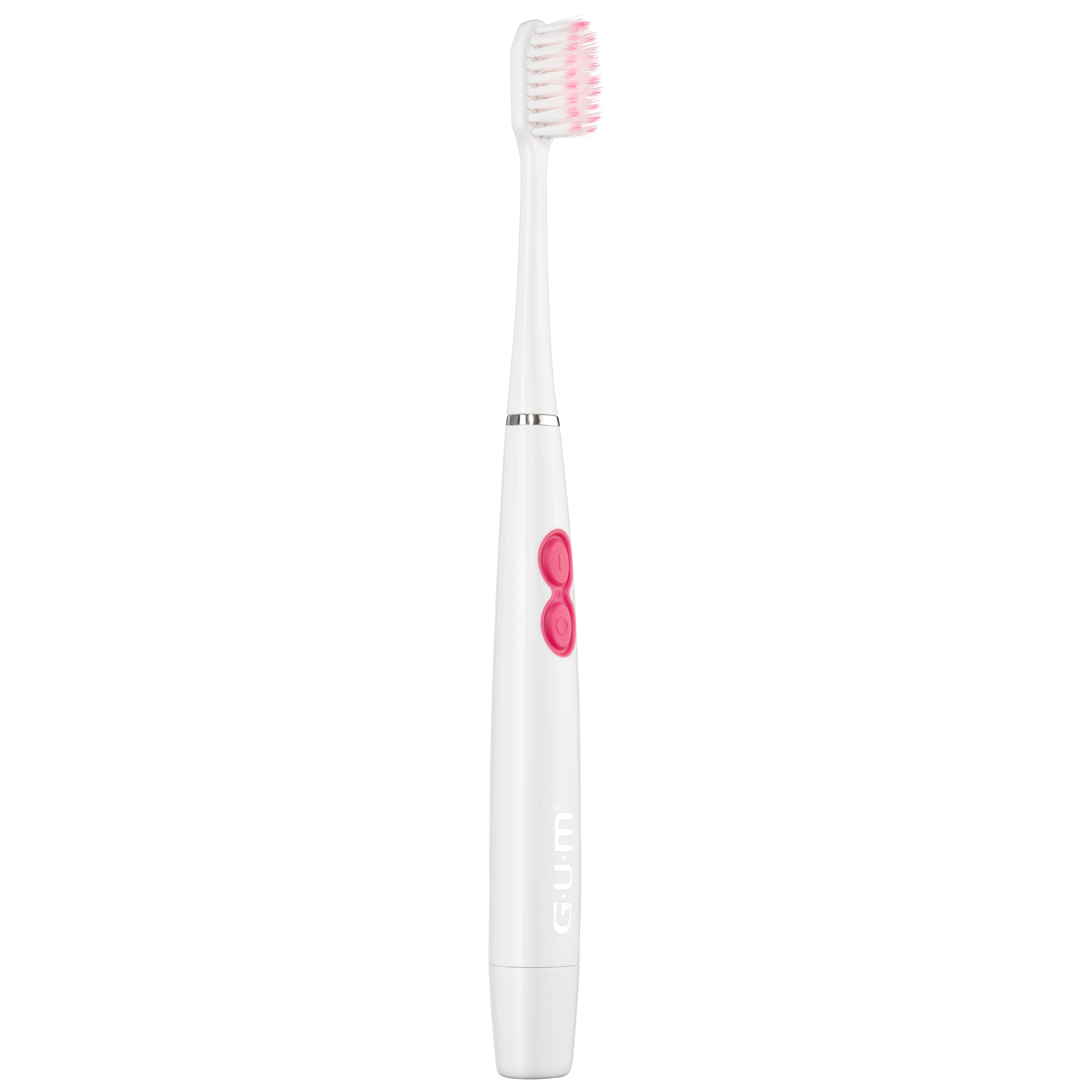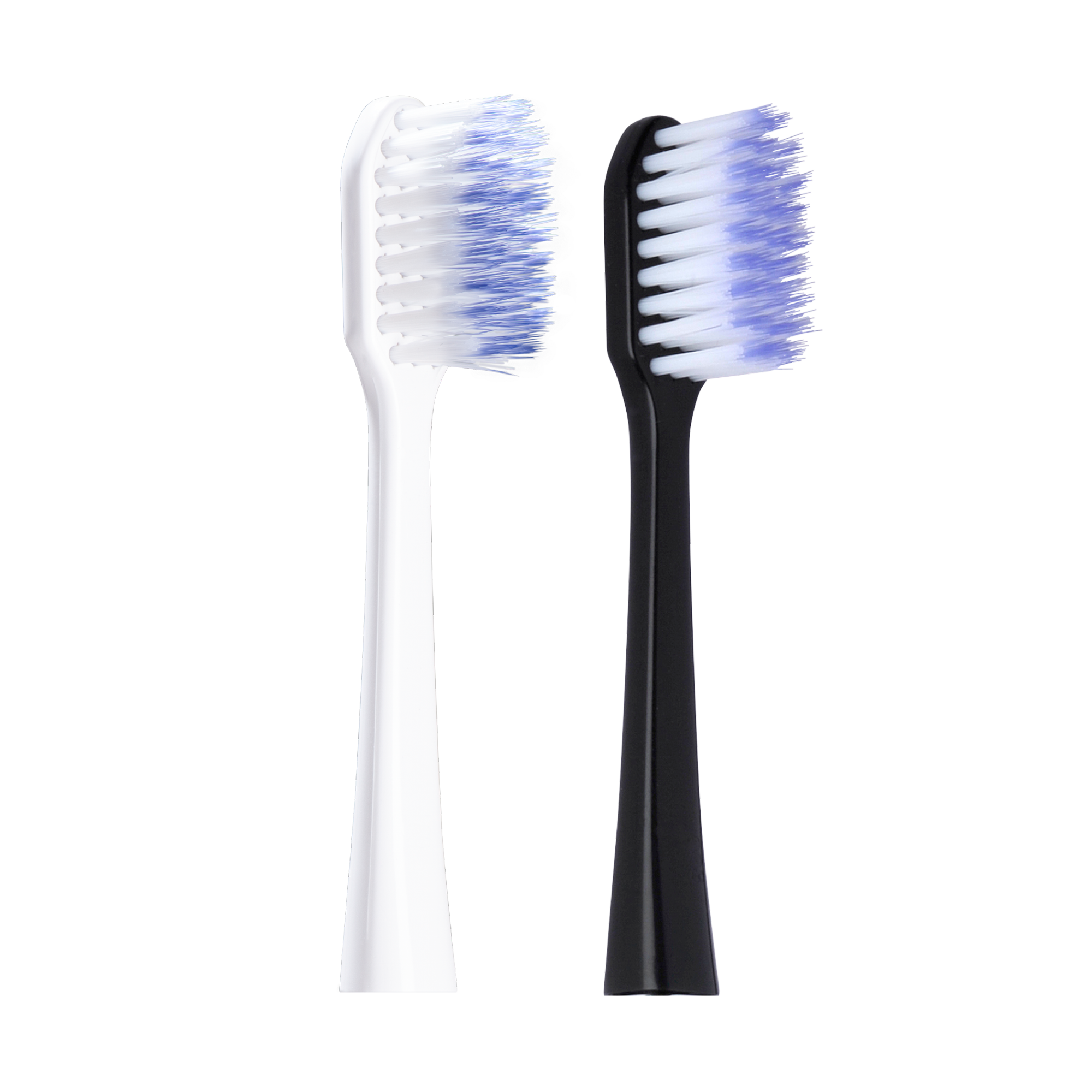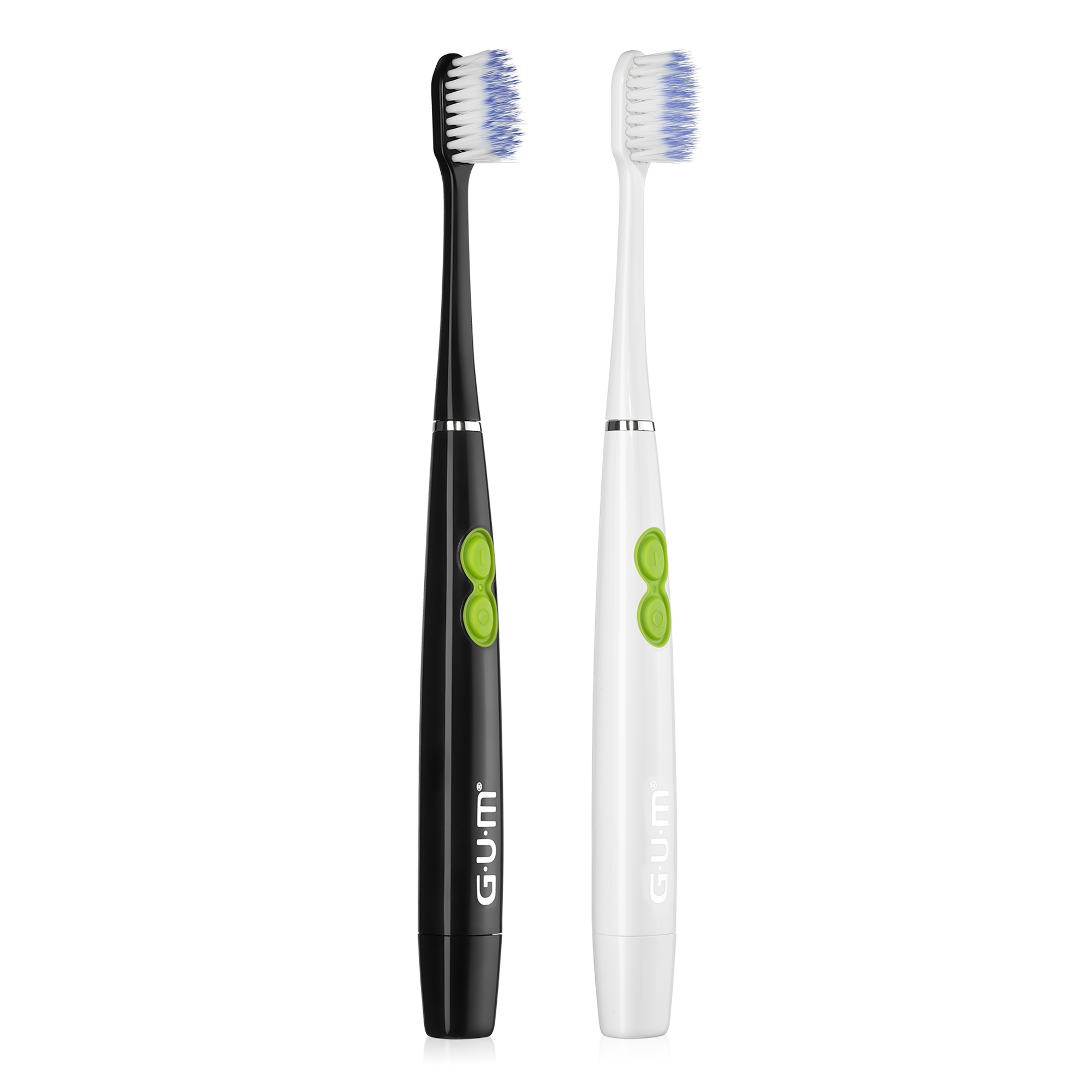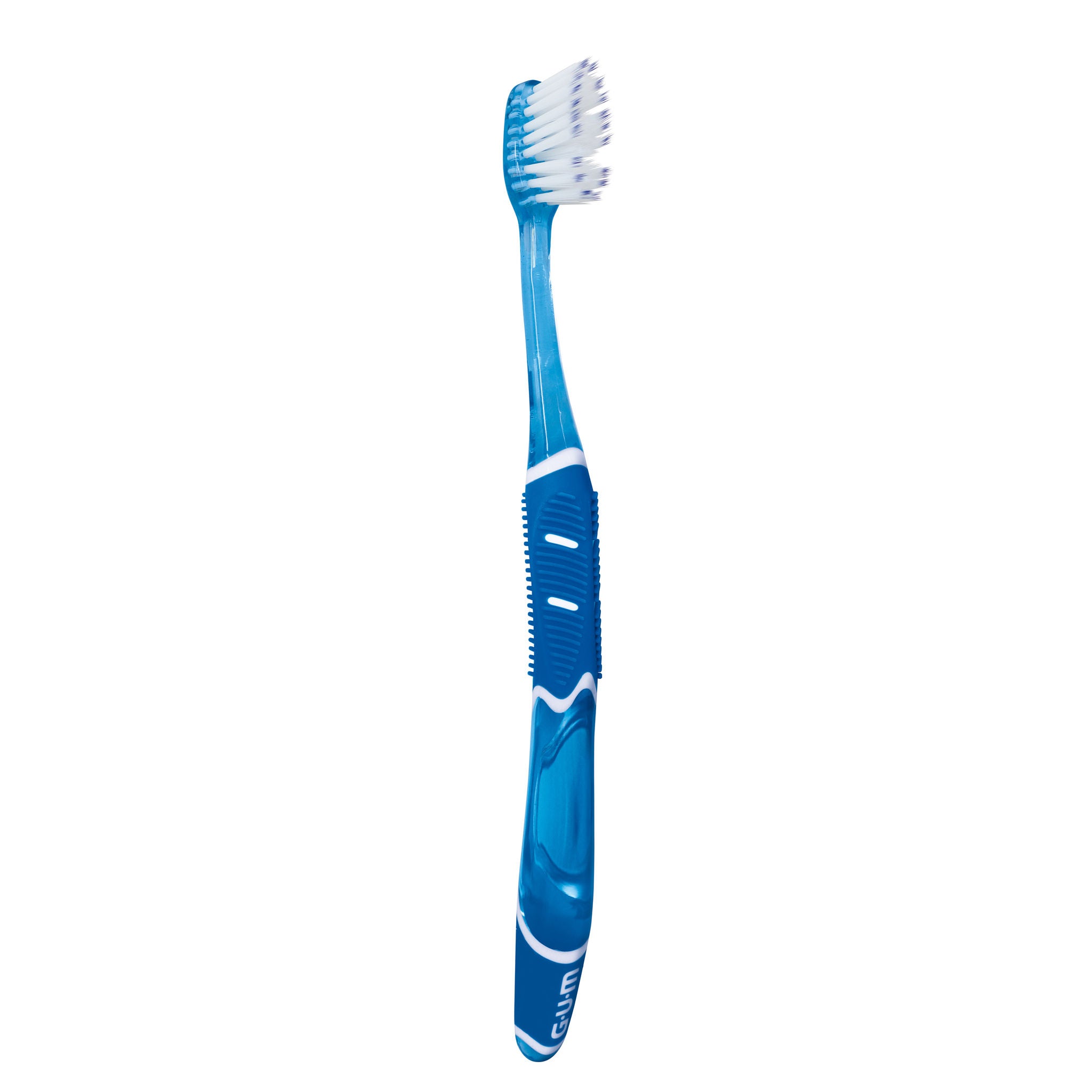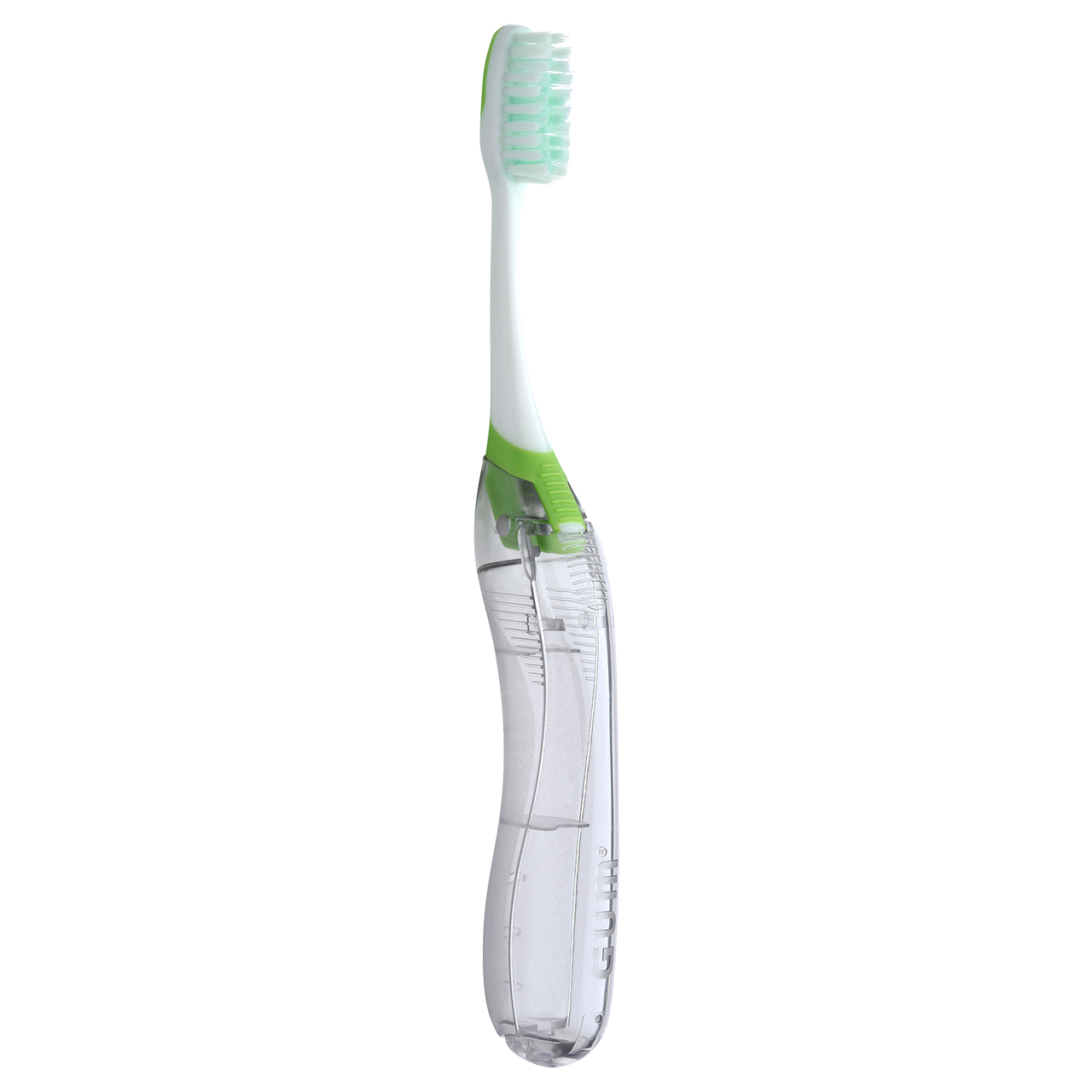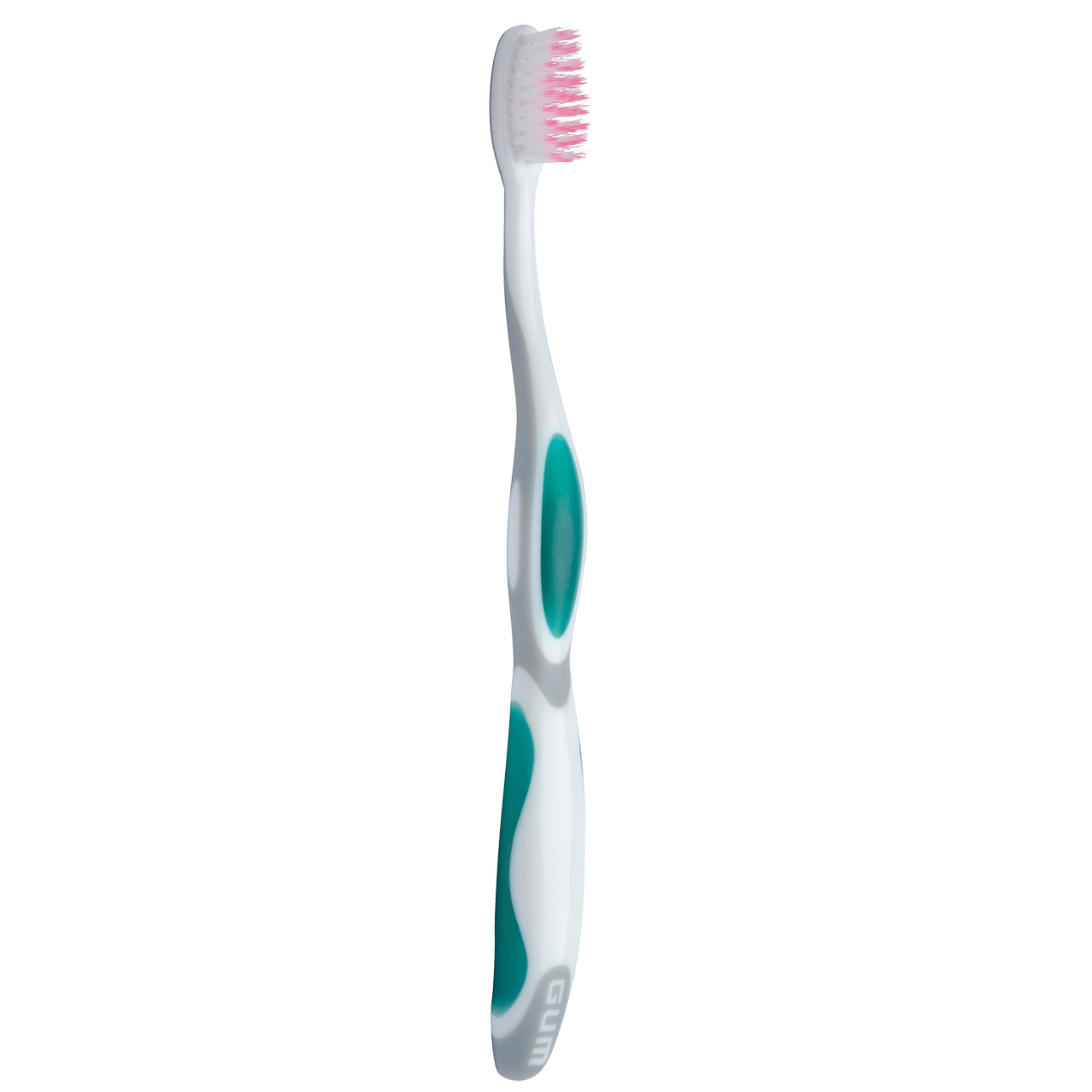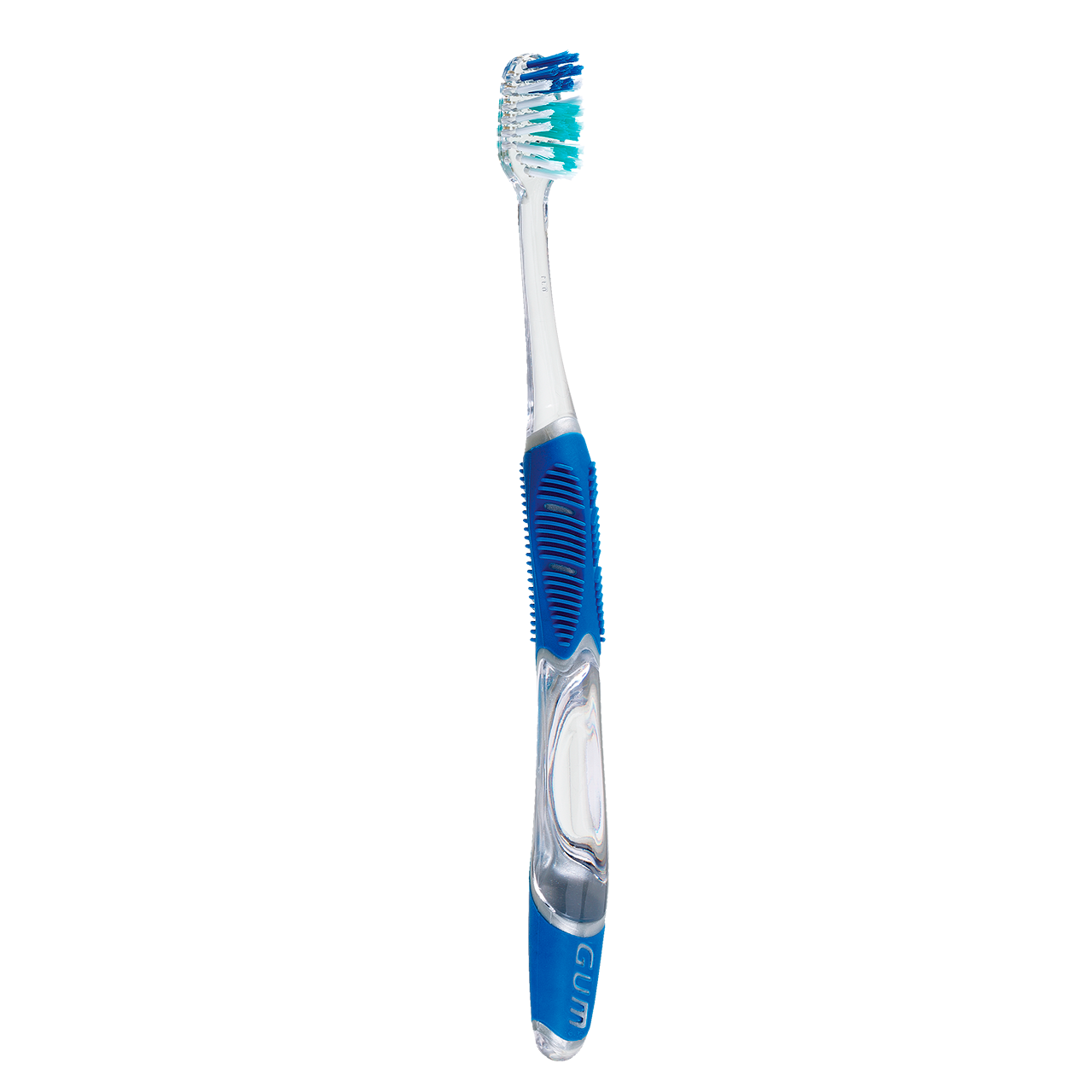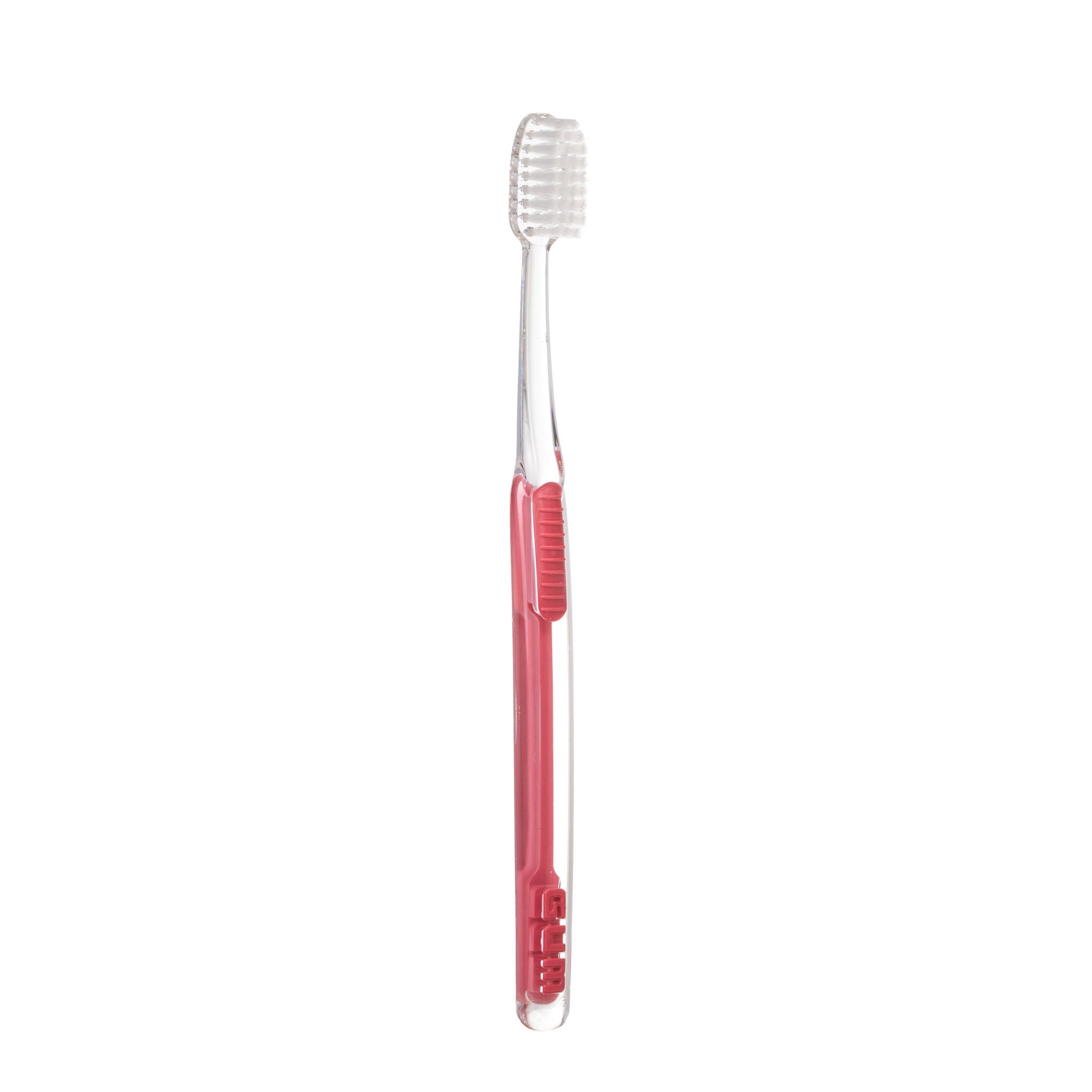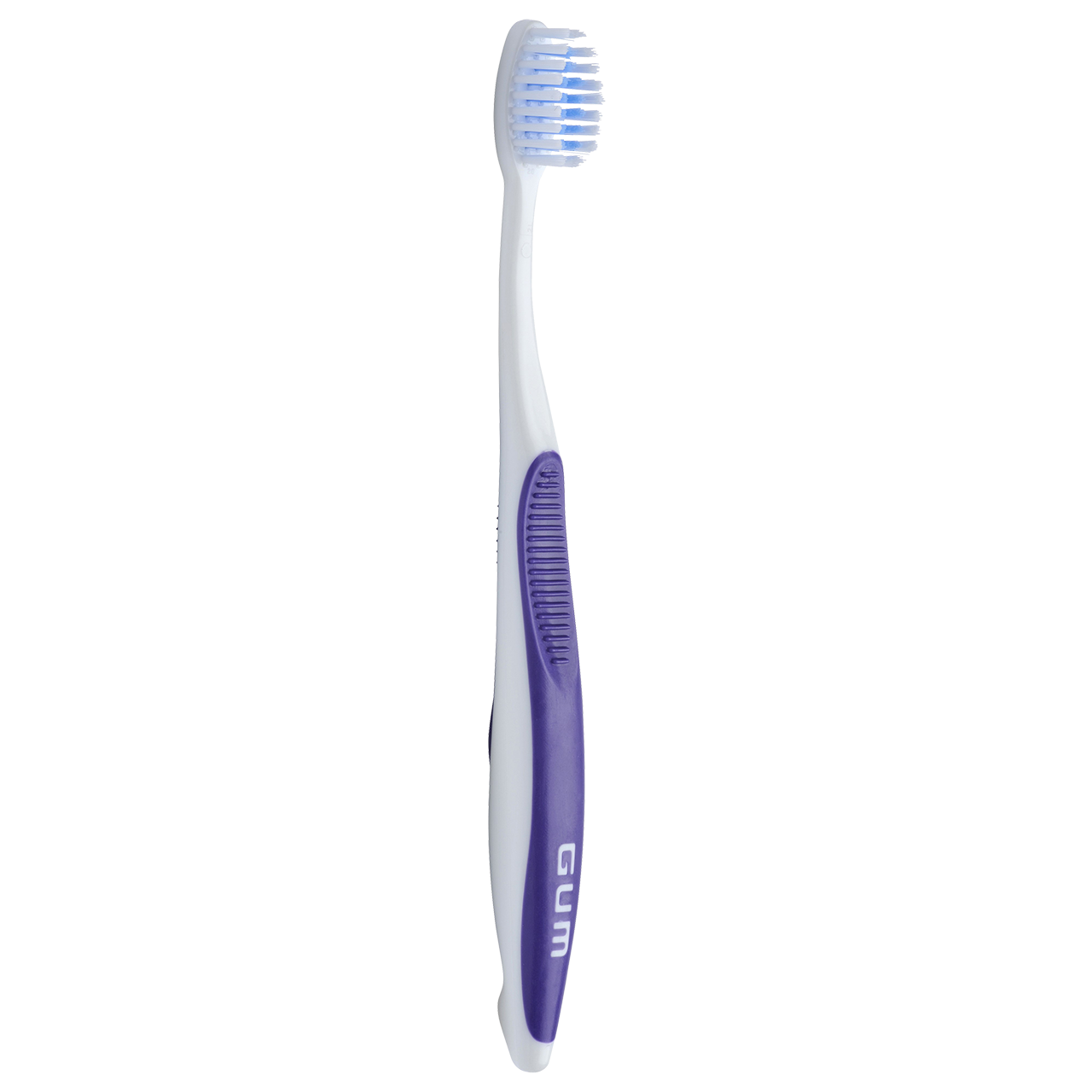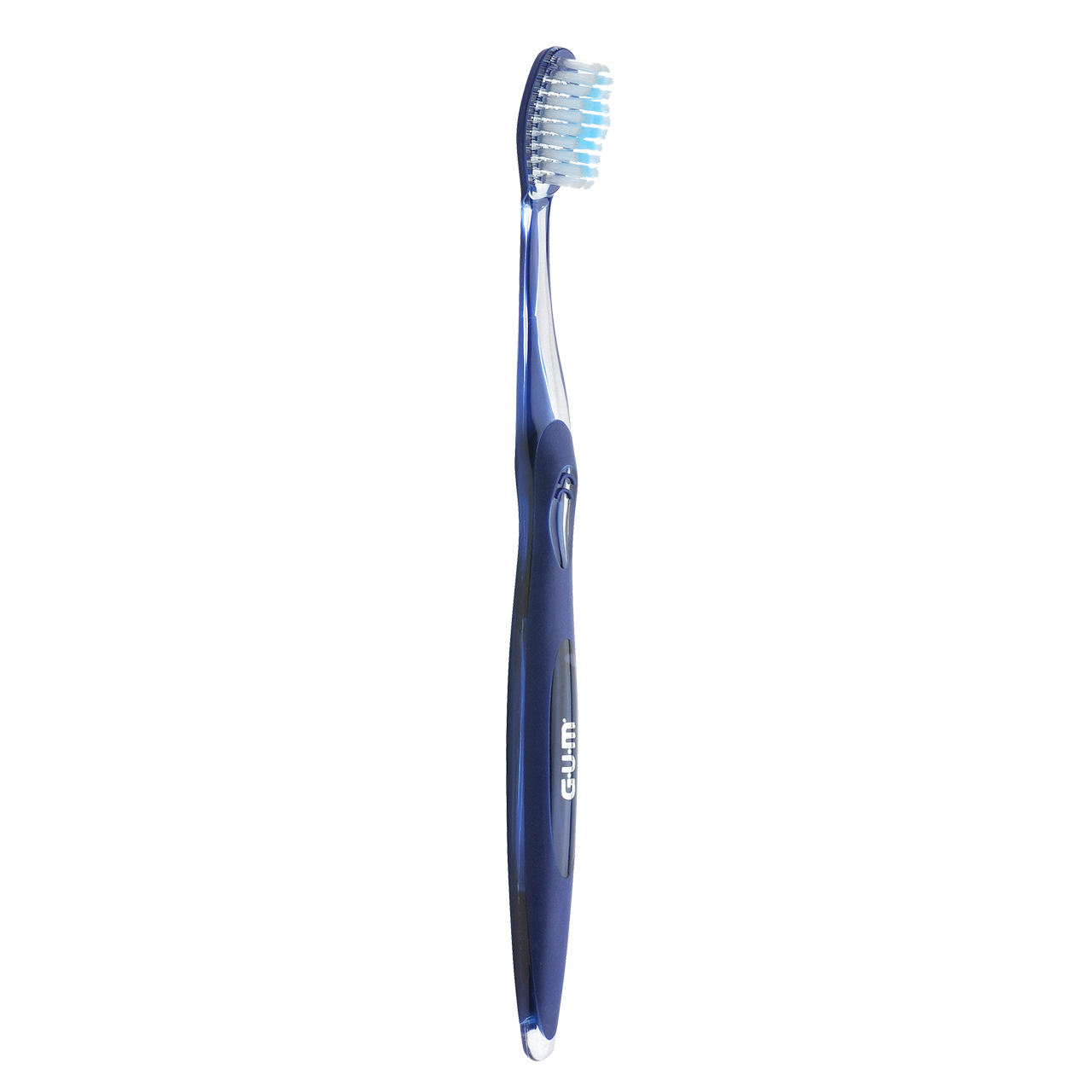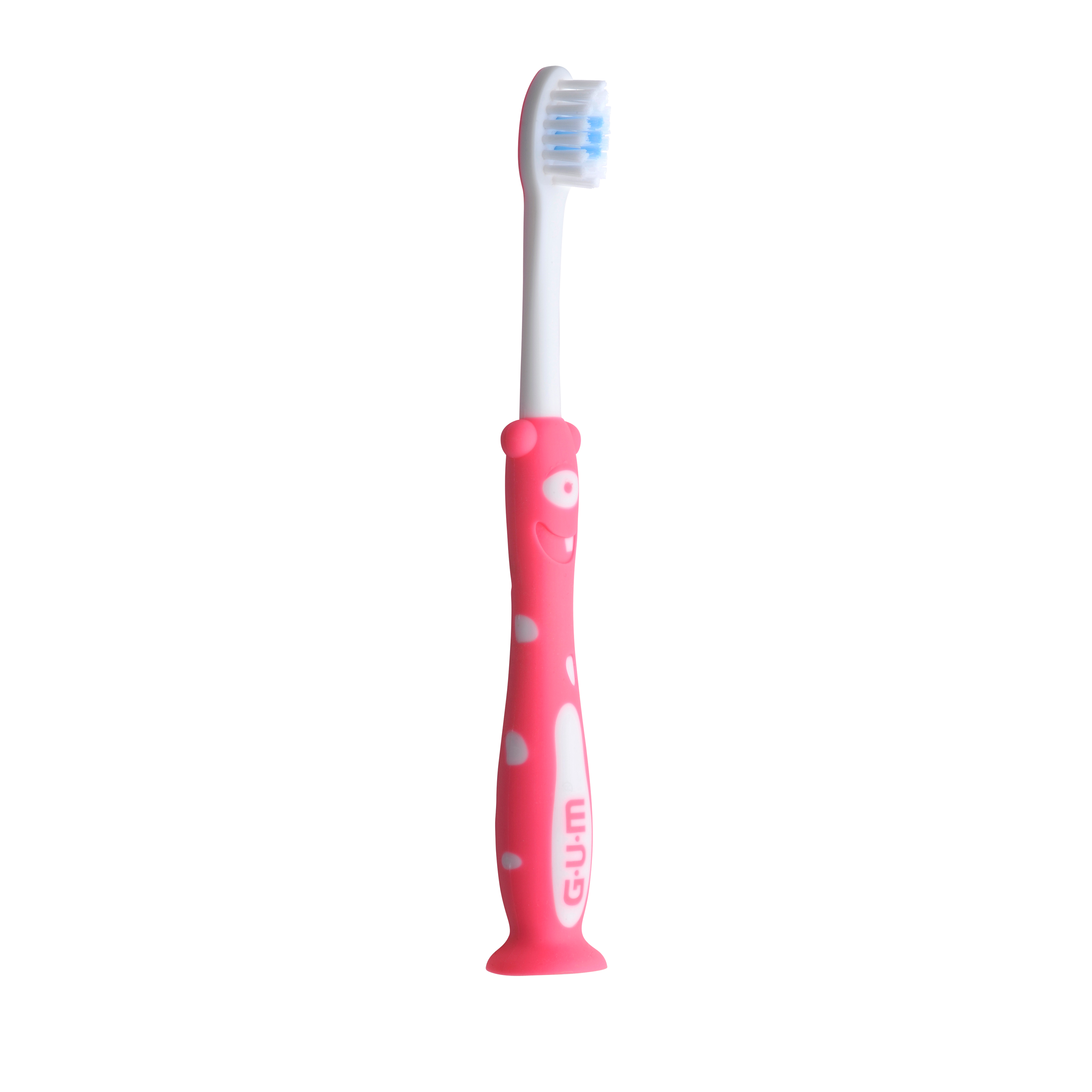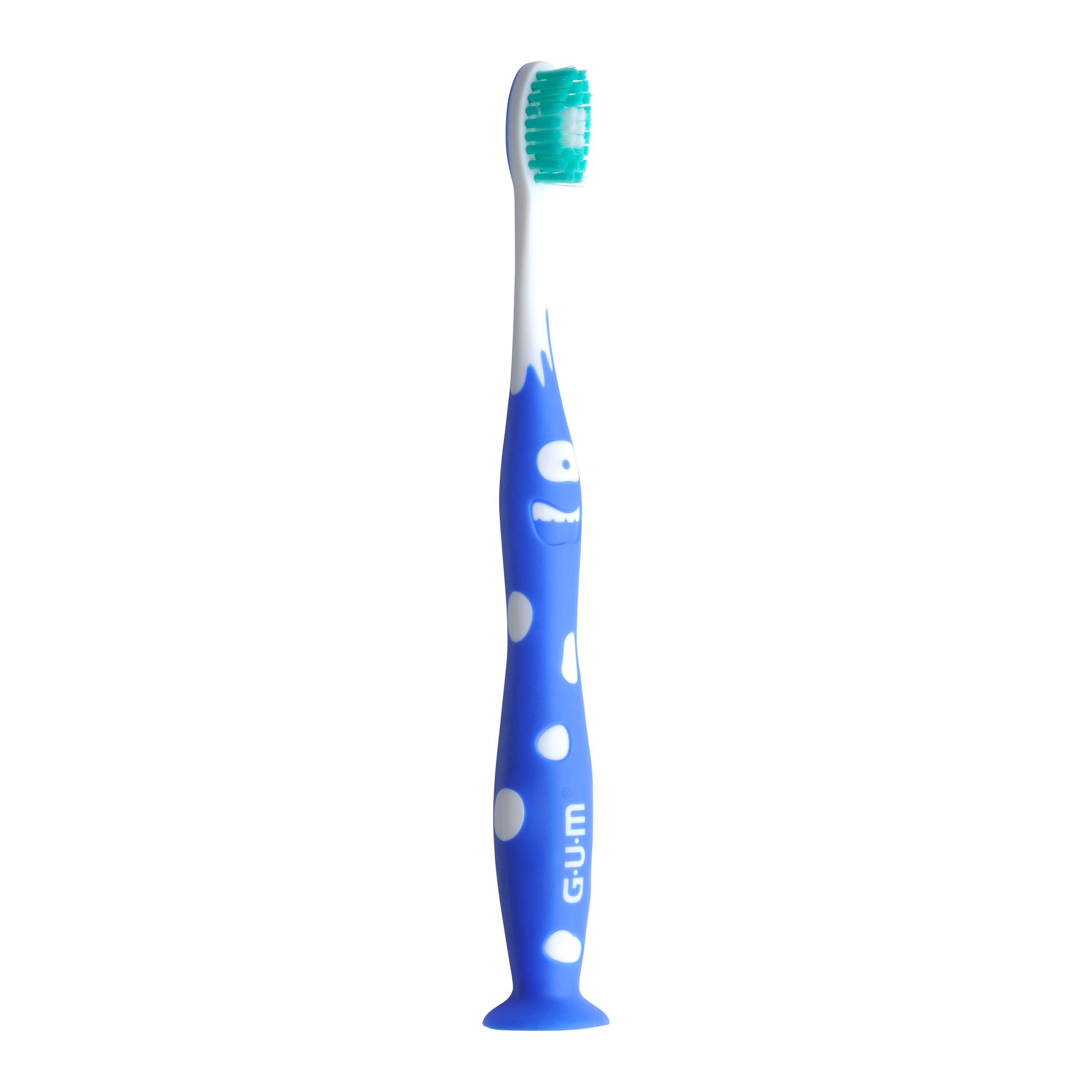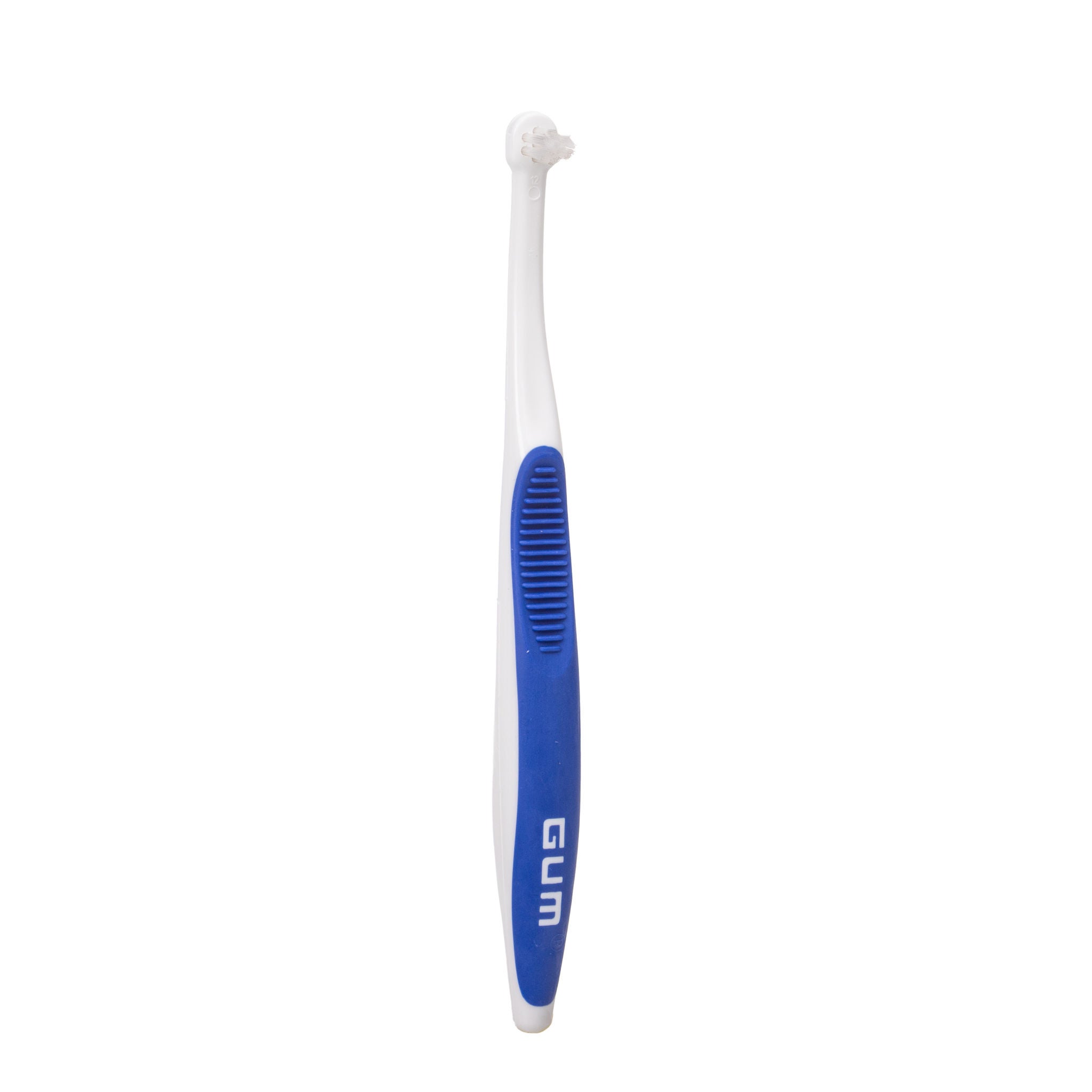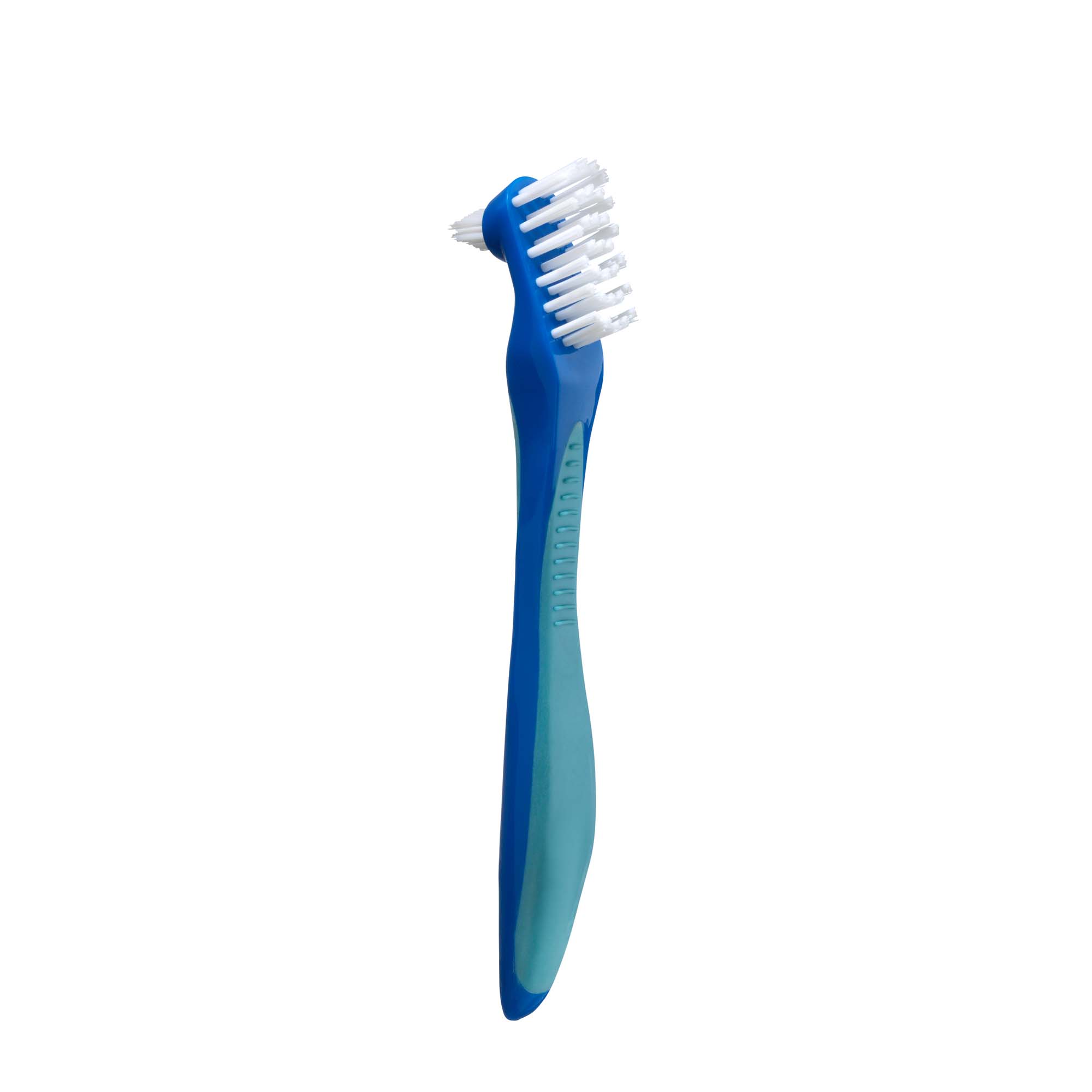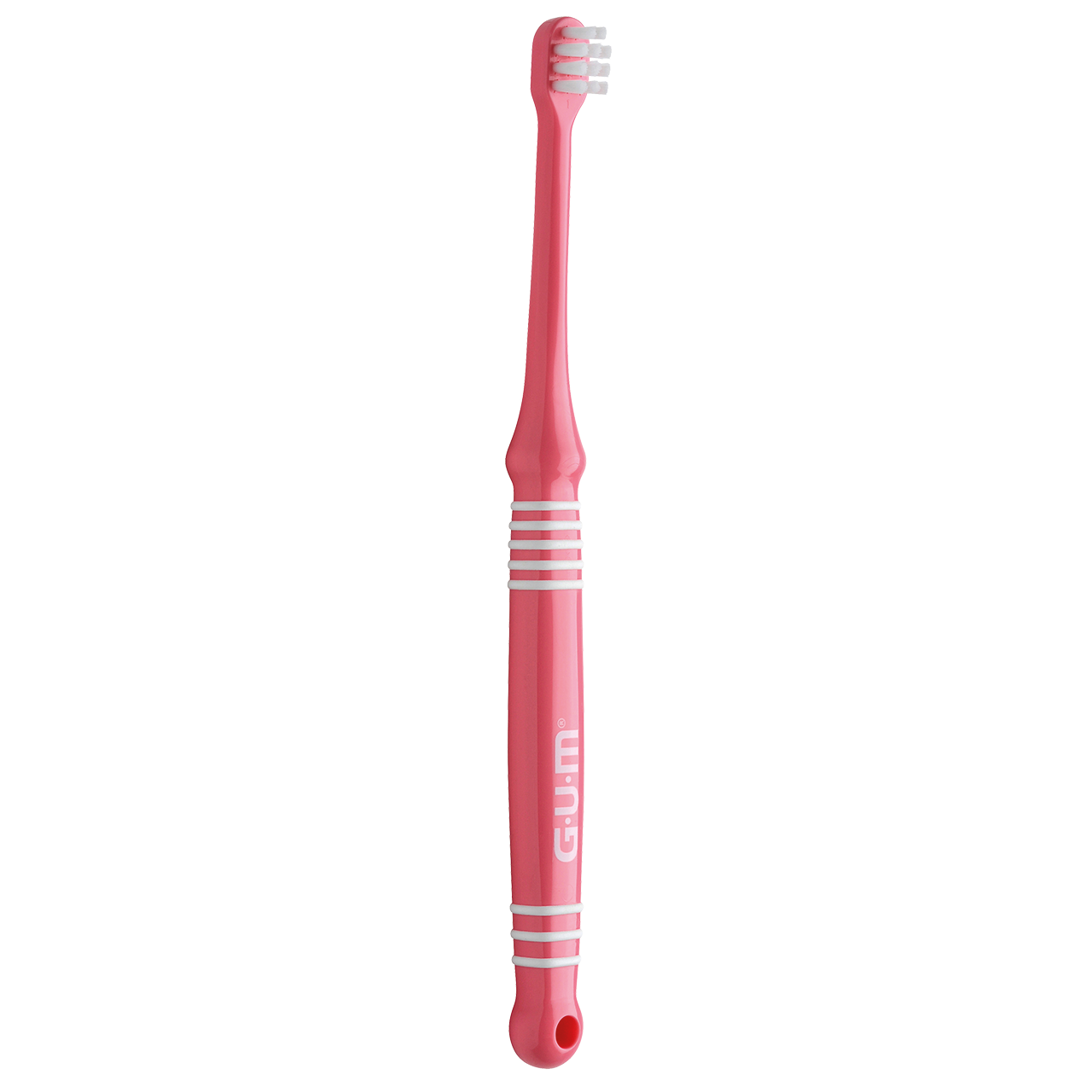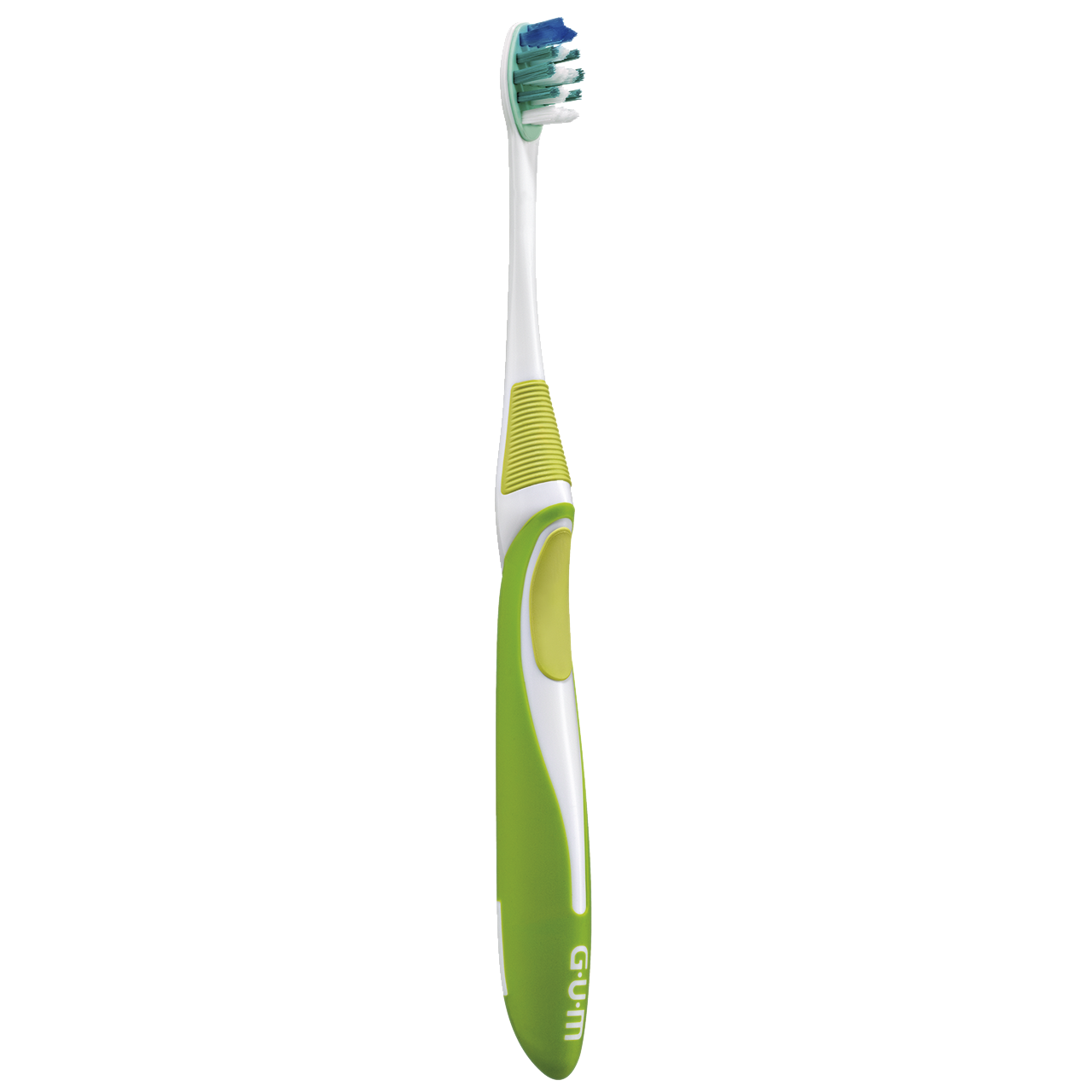How Often Should You Change Your Toothbrush?
Oral hygiene is fundamental to overall health, playing a crucial role in our daily wellness routines. Whether manual sonic or electric, the toothbrush is a first line of defensee against plaque, bacteria, and the myriad of oral health issues that can arise from neglect. However, like any tool, a toothbrush doesn’t maintain its efficacy indefinitely.
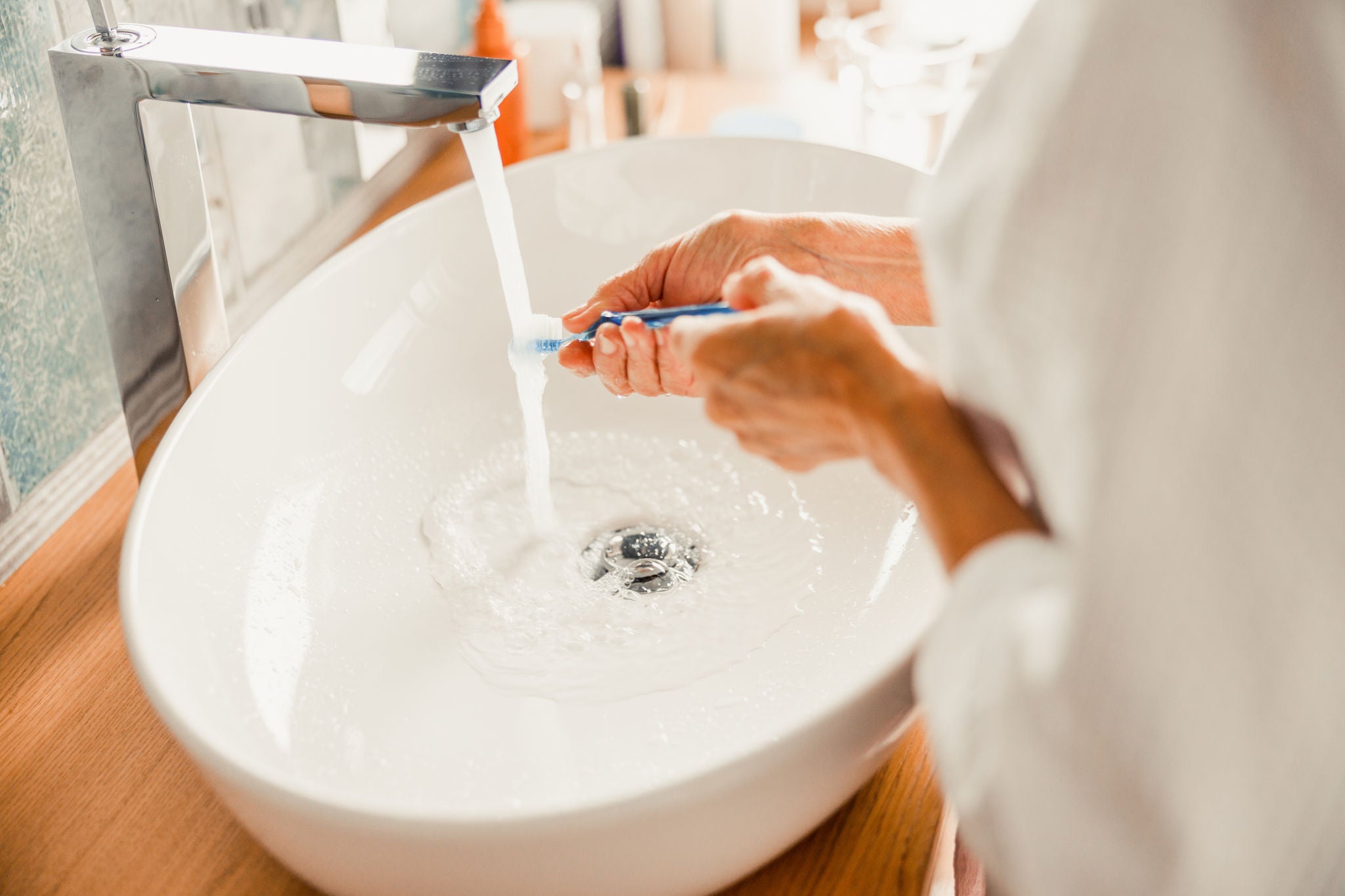
We’ll help you gain a better understanding of the causes of toothbrush wear, when special circumstances may require you to replace your toothbrush early, and what to look for when shopping for your replacement toothbrush.
Understanding toothbrush wear and tear
Recognizing the right time to replace your toothbrush is pivotal for maintaining good oral hygiene.
Let’s examine the causes and signs of toothbrush wear and tear.
Factors that lead to toothbrush wear
Typically, a toothbrush is designed to last between three to four months, but several factors can influence this duration.
- Material and build quality: Toothbrushes with higher-quality bristles may retain their effectiveness longer than those with inferior bristles.
- Intensity and style of brushing: Aggressive brushing can cause bristles to fray and bend prematurely, reducing the brush's ability to effectively clean teeth and gums.
- Environmental factors: A toothbrush kept in a moist and enclosed space may foster bacterial growth, leading to a need for more frequent replacement. Conversely, proper storage in a dry, ventilated area can help preserve the integrity of the bristles.
Special considerations in toothbrush replacement
While it is recommended that your toothbrush be replaced every 3-4 months, some circumstances can reduce your toothbrush’s lifespan.
Post-illness
After recovering from an illness, it's a common question whether to boil or replace your toothbrush. Boiling a toothbrush may seem like a good way to disinfect it, but it can actually damage the bristles and the structure of the brush, compromising its effectiveness.
We recommend replacing your toothbrush after an illness to avoid re-introducing bacteria or viruses into your mouth. This is especially important for illnesses that affect the mouth, throat, or respiratory system.
Storage recommendations
The way you store your toothbrush has a significant impact on its longevity and hygiene. A toothbrush should be stored upright in a holder that allows it to air dry.
We advise against keeping toothbrushes in closed containers or drawers where moisture can promote the growth of bacteria.
Furthermore, toothbrushes should not be stored in close proximity to toilets, as airborne particles from flushing can contaminate them.
Environmental factors
Environmental factors also play a role. In humid environments, toothbrushes may not dry properly, leading to quicker bacterial growth and bristle degradation. In such cases, toothbrushes may need to be replaced more frequently.
Conversely, in very dry environments, bristles may become brittle and break down faster.
Recommendations for staying on top of toothbrush health
Regularly inspect your toothbrush. Look for signs of bristle wear or damage, and replace the toothbrush if these signs are evident.
Consider using toothbrush covers with ventilation holes or a specially designed foldable toothbrush for travel or limited storage options. This helps protect the brush from contamination while still allowing it to dry effectively.
Select the right toothbrush from the start. Finding a toothbrush that meets your unique needs might help your toothbrush last longer.
Bristle hardness
- Soft bristles are generally recommended, as they are gentle on the gums and enamel.
- Medium bristles can be suitable for those who prefer a firmer brush, but caution is advised to avoid aggressive brushing.
- Hard bristles are typically not recommended due to the potential for gum damage and enamel wear.
Brush head size
- A smaller head size allows for better access to hard-to-reach areas, like the back of the mouth.
- A larger head can cover more surface area, making it suitable for individuals with a larger mouth.
- Grip type: Ergonomic handles with a non-slip grip are ideal for better control, especially important for those with limited dexterity. Consider the handle's shape and material for comfort during use.



